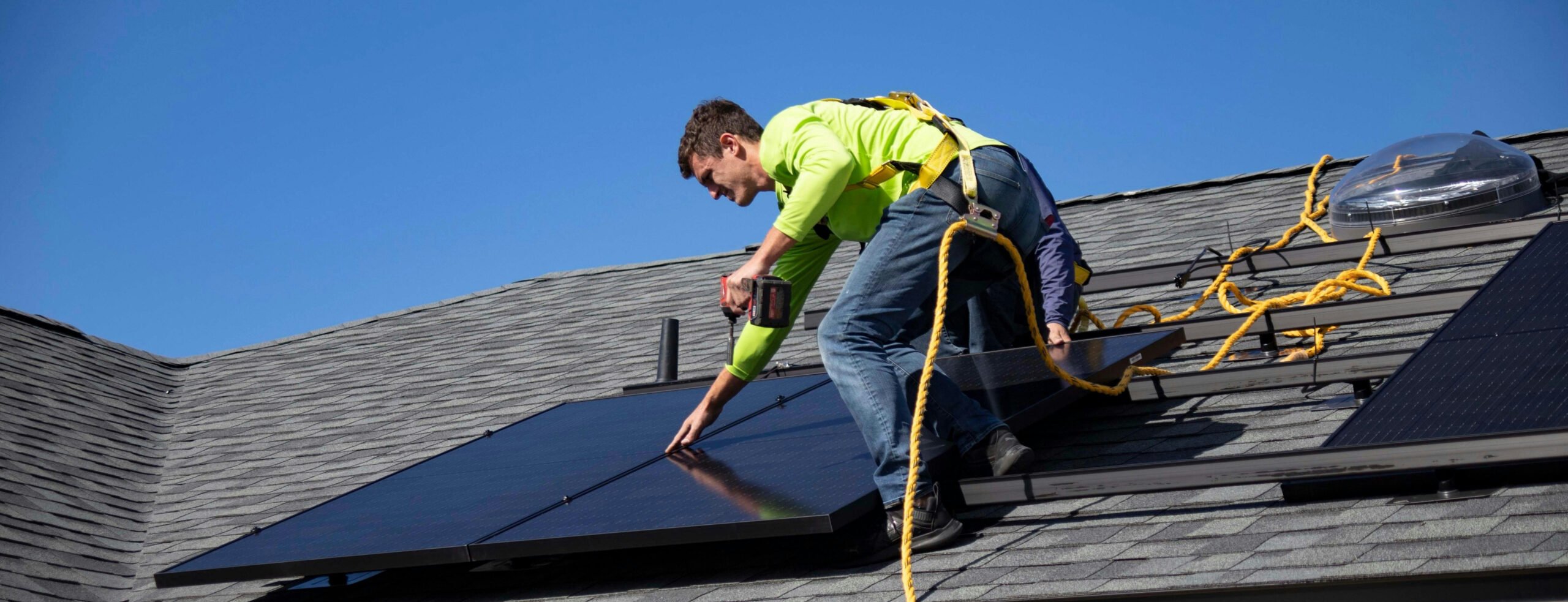
April 17, 2024
Two Sustainability News Updates for Q2 2024
If a building is an energy guzzler compared with others in its region and category, but uses solar energy for all its needs, does that really serve the cause of climate-friendly design?
• HIGHLY ENERGY EFFICIENT: For existing buildings, this means their energy efficiency is in the top 25 percent of buildings with similar uses. New buildings would need to use energy at levels 10 percent lower than the latest IECC or ASHRAE 90.1 model code and have an ENERGY STAR score of 90 or higher.
• FREE OF ON-SITE EMISSIONS FROM ENERGY USE: The building’s direct greenhouse gas emissions from energy use equal zero.
• POWERED SOLELY FROM CLEAN ENERGY: All the building’s energy is from carbon-free sources (which can include on-site generation and off-site sources).
When this definition goes into effect, it will help level out policies that currently vary from state to state—giving existing building emissions legislation in California and New York, for example, a baseline to align their goals with.
The Department of Energy has indicated that other factors implicated in carbon emissions, like embodied carbon or refrigerants, will be addressed in future updates to this definition.
Read the full draft definition here.
02
Social Impact
An Existing Certification Gains Legitimacy and a New Tool Debuts
THE SOCIAL IMPACT OF THE BUILT ENVIRONMENT is extremely complex to measure. Currently different aspects of social impact—the diversity of design firms, equity in awarding contracts, the well-being of workers in product supply chains, or the safety of workers on construction sites—are addressed by a mosaic of guidelines, policies, and certifications (see METROPOLIS’s Design for Equity Primer, metropolismag.com/equity).
Recently there have been a few significant developments in this area. SEAM (Social Equity Assessment Method), a real estate certification that launched in 2023, released Version 1 of its standard in February and was then recognized by GRESB as a green building certification scheme, joining the ranks of popular existing certifications like LEED, WELL, and the Living Building Challenge. For the 150 institutional and financial investors as well as 3,000 real estate and infrastructure funds, companies, and asset operators around the world that rely on GRESB, this means that SEAM certification now counts toward their ESG reporting.
Meanwhile, an important new tool for transparency around social impact launched in Europe at the end of last year.
A quarter century after the first Environmental Product Declaration (EPD) was published, EPD International has published the first Social Product Declaration (SPD). Created to declare the social impact of rolling stock used by Hitachi Rail, it follows a methodology similar to EPDs and Health Product Declarations (HPDs): First a committee was formed to develop Product Category Rules for measuring the social impact of rolling stock, and then Marzia Traverso of RWTH Aachen University in Germany used these rules to conduct a social life cycle assessment of the product. The results were published in the SPD.
EPDs and HPDs have become mainstream in the building industry thanks to decades of advocacy and adoption by manufacturers, sustainability consultants, and A&D firms alike. The addition of SPDs brings another vital dimension to how we assess the supply chains of buildings.
Learn more about SEAM here.
Would you like to comment on this article? Send your thoughts to: [email protected]
Latest
Viewpoints
Google’s Ivy Ross Makes Sense of Color
METROPOLIS sits down with Ivy Ross, Google’s vice president of hardware design, to discuss Making Sense of Color, now on view during Salone del Mobile 2024.
Viewpoints
How the Design Industry Is Navigating the Sustainability Surge
Discover new ThinkLab research that suggests sustainable design is hitting its stride.
Viewpoints
Navigating the Path to Net Zero
METROPOLIS mines its archives for pioneering perspectives and projects that prove the possibilities of net zero design.





